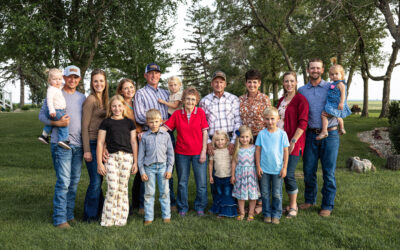
They run deep
Roots anchor the Dalebanks program, helps them grow
By: Miranda Reiman
A difficult place to put down roots—that’s an odd feature for a prairie really, but it’s true of the Kansas Flint Hills.
The pastures at Dalebanks Angus near Eureka, Kan., hide the plants’ challenge well. Native big and little bluestem adapted over the ages to thrive in the shallow soil, only a few inches deep in places, that blankets the underlying limestone. Shards of flint mingle with the roots.
“It’s exceptional grass from the middle of May until late July, first of August,” says Matt Perrier, who is the sixth generation to ranch and the fourth to raise Angus cattle there. “Before and after that, I’d love to be able to move these cows about anyplace else because this native tallgrass prairie falls apart pretty quickly. You either have to find ways to grow or deliver feed outside of the native tall grass.”
It’s a difficult place to put down roots…unless you’re an adapted cattleman. Then it’s exactly the kind of place to build a life, and a program that helps others do the same.
A name, some land and a commitment
The Dalebanks name traces back to ancestors who settled this spot and kept a trace of their English heritage alive by bringing their farm name to the Kansas plains. The family tree is dotted with cattlemen.
“Our breeding philosophies are generations deep,” Perrier says. His great-grandpa saw these “unique” cattle at the American Royal in 1903, and brought the first Angus to their ranch the next year. Then his grandpa crafted a simple phrase, which the family has further distilled to the tagline for their whole program: “Practical, profitable genetics.”
The Perriers are more concerned with their customer’s bottom line than their own, knowing strength in the former will naturally help the latter.
Dalebanks Angus—Matt, Amy and their children, along with his parents Tom and Carolyn—earned the 2020 Seedstock Commitment to Excellence Award from the Certified Angus Beef ® (CAB®) brand.

Always improving, never wavering
As a boy, Perrier remembers concerns with lower beef demand and a fledgling high-quality Angus beef brand. Anyone who thought CAB was a real target?
“They got laughed at,” he says. “When I see that logo, I see folks who believed that there was a reason to breed cattle that met consumers’ demand. I see folks who shrugged their shoulders and said, ‘I don’t care that the rest of the industry is telling us to go the exact opposite way.’”
His dad was one of those who did it anyway. Yet, it took an entire shift in the industry before it made sense to everyone.
“We needed a way for cattle that were more desirable for our consumer to get rewarded for that kind of production. It wasn’t happening in the ’80s and early ’90s,” says Tom Perrier. “Now it has accomplished what it set out to do…and I’m glad that we’ve been a little part of that.”
It’s one of the reasons his son carries on the tradition of keeping cattle consistent, moderate in size and balanced for all traits, while making improvements on multiple fronts.
“Our advertising program in the ’70s was not really to sell Dalebanks bulls, it was just to sell Angus cattle,” Tom says.
But as the breed found favor in his generation, his son has worked to set their own program apart by communicating their straightforward goal of good cows that raise good calves with good carcasses.
“We know we could breed cattle that are fancier, but we also know through the centuries, our customers have looked to us, not just for prettier cattle or cattle that excel in one trait, but that are profitable for them,” Perrier says.
The sale catalog is full of cattle that bear the Targeting the Brand logo. The 2019 book featured 109 bulls with the mark, or 73% of their offering.
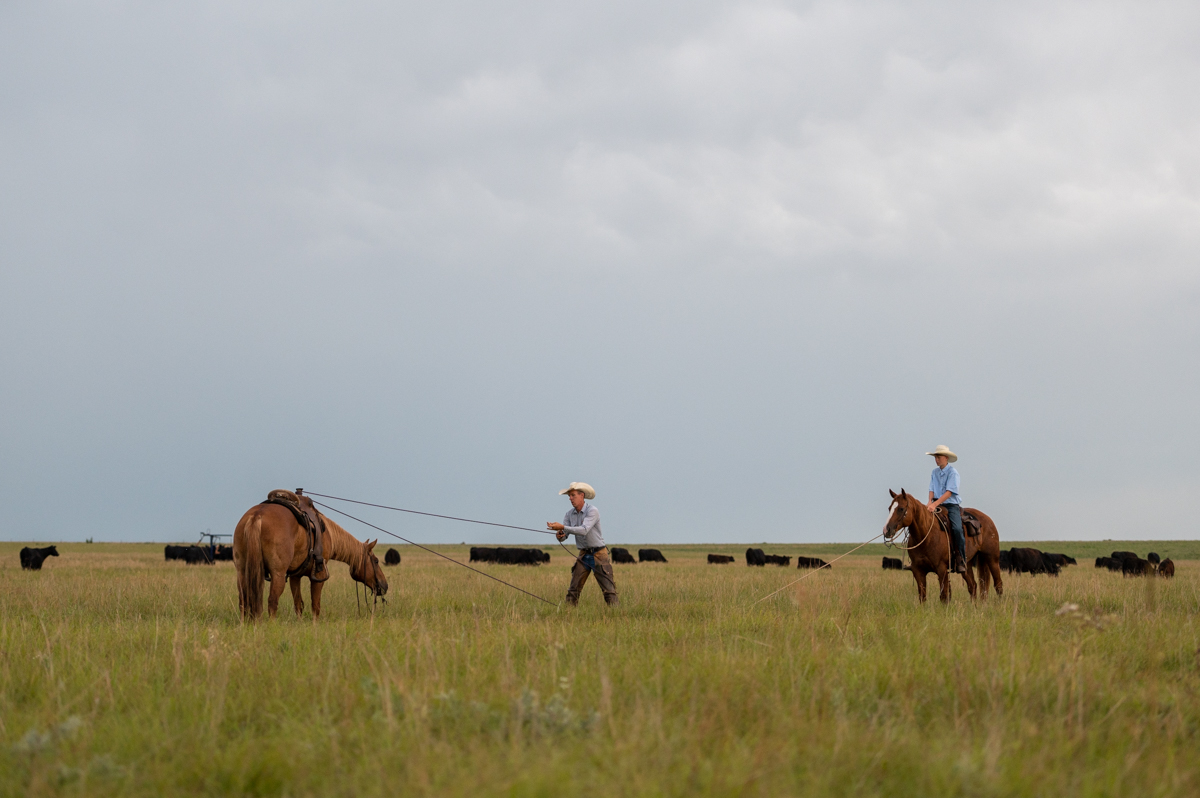

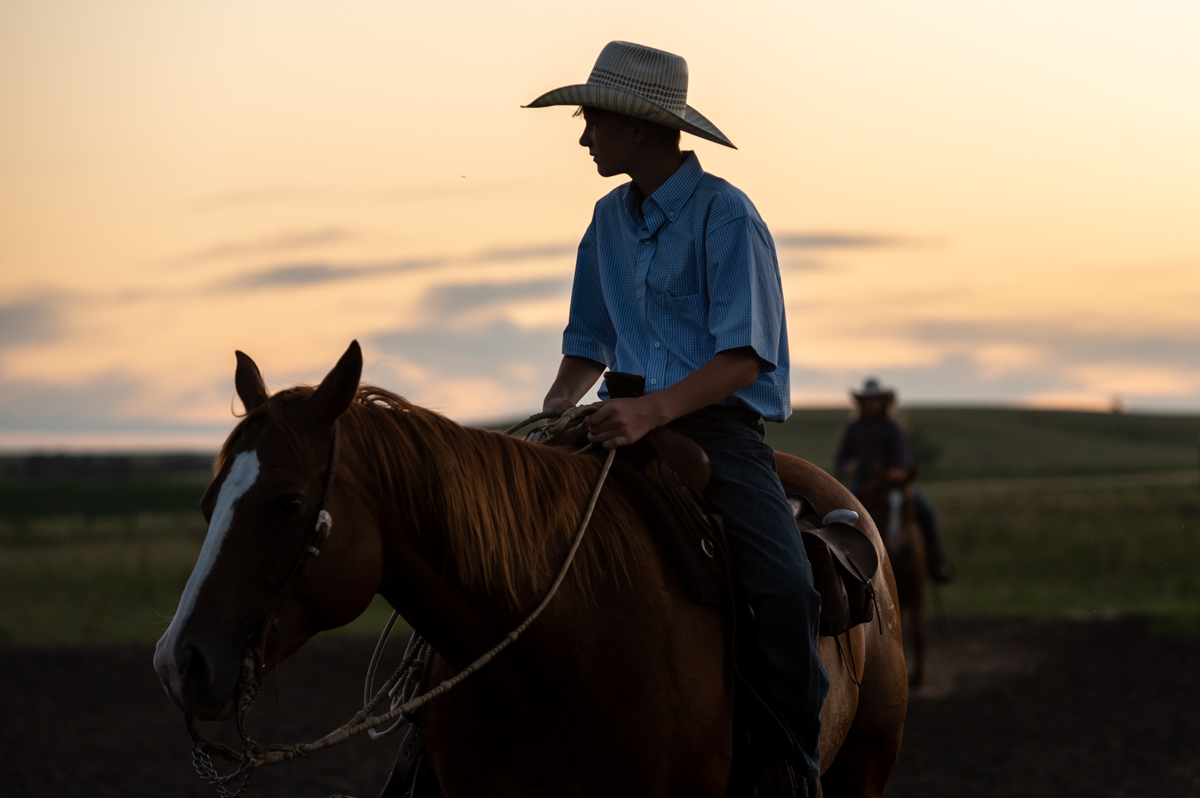
“It gets a little redundant when we put them in there and they’re on nearly every bull in the catalog, but hopefully that proves, even though we breed for bulls and females that are of exceptional maternal value, we’re making simultaneous improvement in both of those areas,” he says.
Perrier uses technology like RFID tags for record keeping, but says the best tool is good data submission and analysis. That’s why he’s supportive of the American Angus Association’s Maternal Plus program to aid in fertility improvements.
Perrier spent seven years as a Regional Manager and later Director of Commercial Programs for the American Angus Association and Tom served on the board in the ‘80s—they both know that programs only work with participants and advancements in breed only happen when the data informs tools.
At the edge of his land sits an old horse-drawn hay rake “that was a pretty good technology at the time,” and now serves as a reminder of how fast innovations can revolutionize a business. The smart phone in his pocket does the same.
“We still have to recognize that Mother Nature and the environment we’re in is either a pretty powerful ally or enemy,” Perrier says. “If we try to use technology and overcome her completely and feed our way out of ‘problem cattle’ to cover up an issue in the genetics that should have been allowed to show, then we get ourselves in trouble.”
So he’s honest with himself and the cattle are honest with him. They learn to walk to water and travel on the rocks and hills, or they don’t stay.
Like his father and grandfather before him, Perrier is conservative, but not slow to change when there’s a reason. Sale day is one of the cattleman’s favorite times, even with its heavy workload and added stress, because it’s a chance to get direct feedback from his customers.
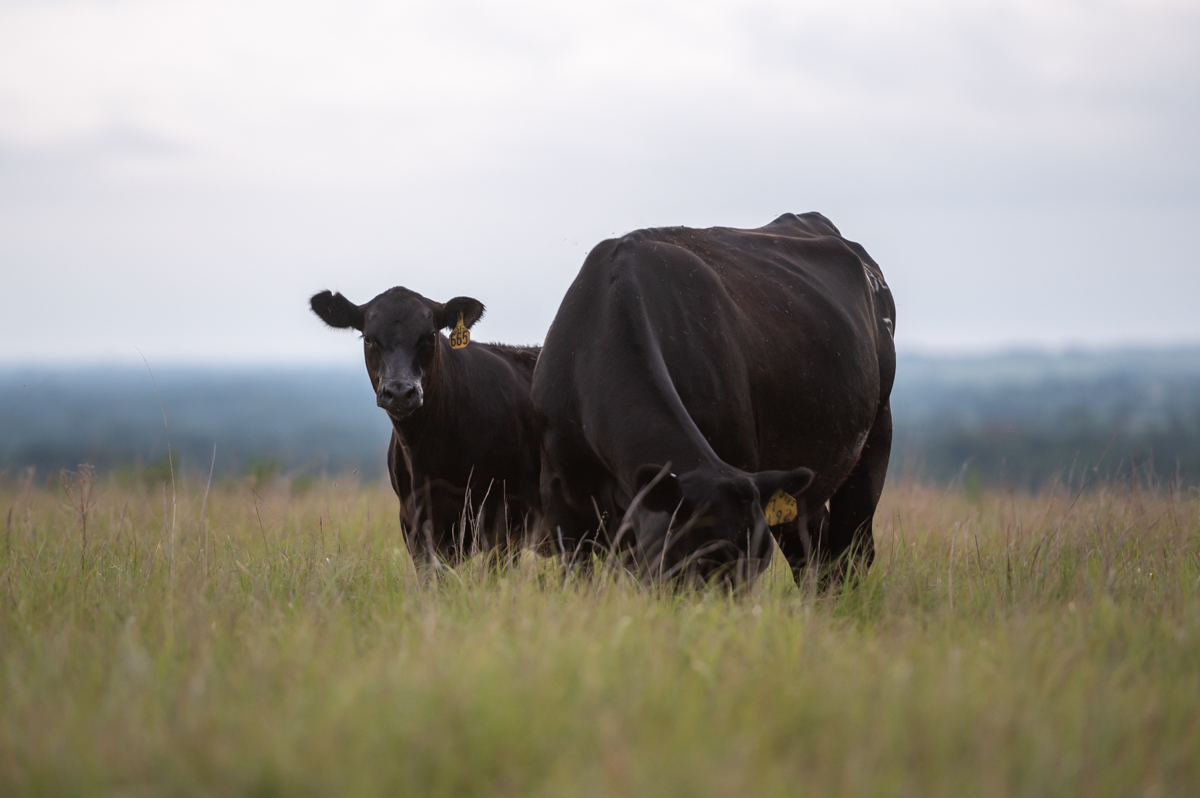
A prayer and a plan
The auctioneer never came. The blizzard was one for the history books. Everything was ready on sale day, but nobody showed up.
When Perrier wakes, the memory is vivid, but it’s a relief to know it wasn’t real.
“Dad and I always kind of laugh about who has the first pre-sale nightmare,” Perrier says. “They usually start in August. You sit up in a cold sweat, say a prayer and make preparations to make sure it doesn’t actually happen.”
The closest thing to a real-life nightmare was 2008. The Recession was already in full force, but the housing market collapse and general unease on Wall Street heated up about two weeks before their late-November sale. It left ranchers uncertain.
Perrier relays his longtime auctioneer’s account of the day: “I climbed up on that auction block and I looked across there and I saw nothing but fear in the eyes of those buyers.”
The sale average settled 30% to 40% below the year prior.
“Nobody wanted to pay too much for a bull that day,” Perrier says.
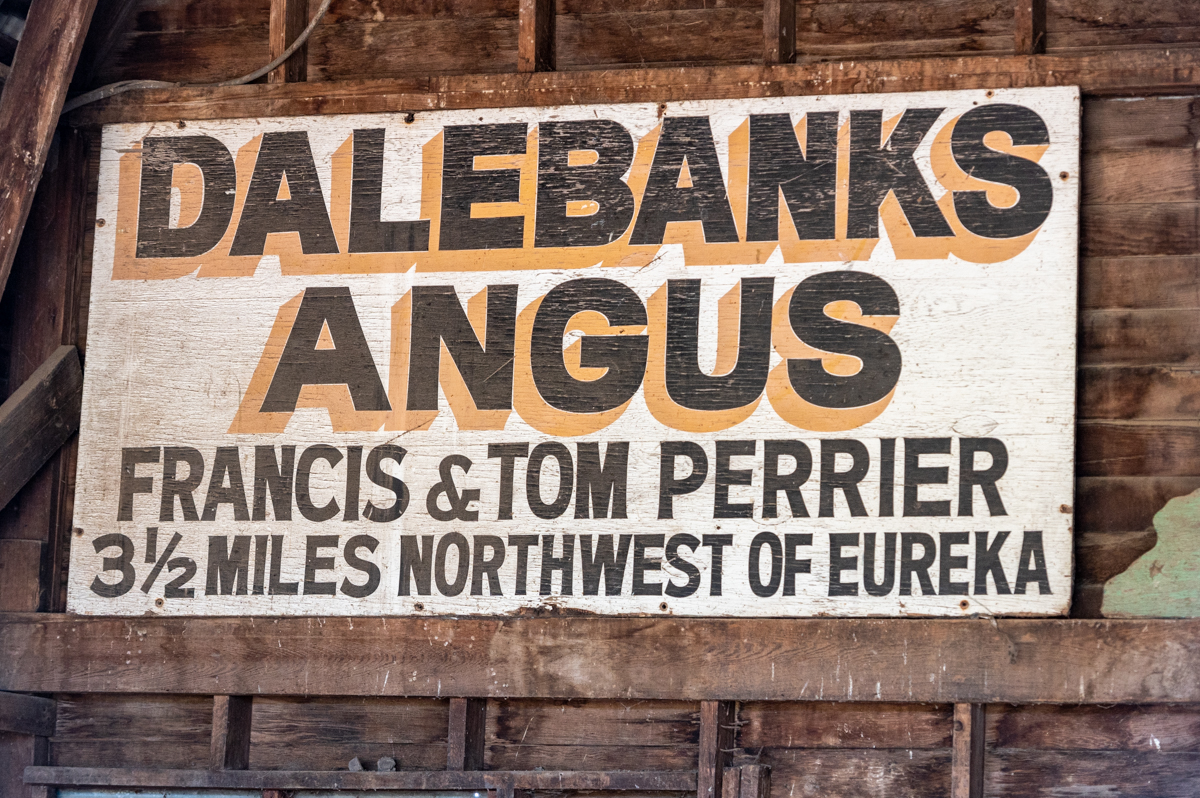
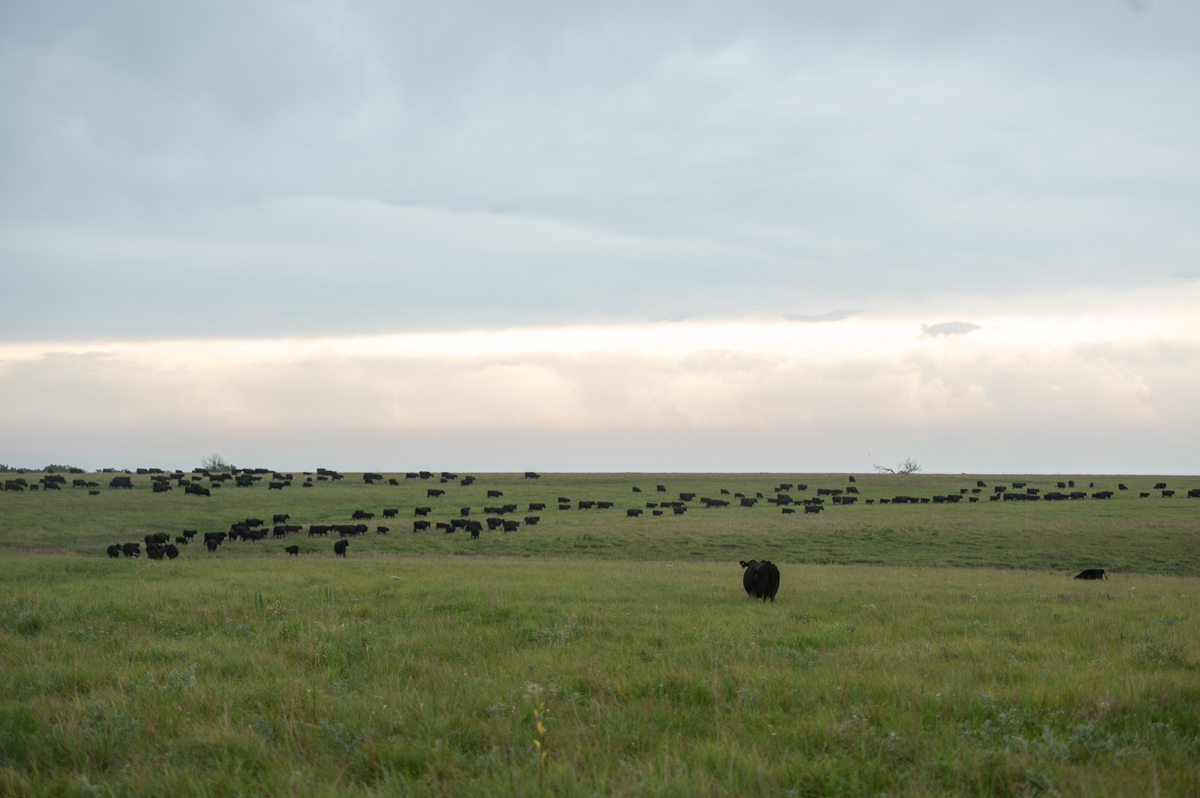
That’s the nature of a business where risk is inherent and sometimes all a rancher can do is have a little faith.
“We sold bulls for less than we had in several years. Those bulls went out and did their job well, and a lot of those customer that were first customers in ’08 are still customers today,” he says.
That year may have been the first one where it really sank in, the gravity of their decision to come home in 2004.
“Most jobs, you put in more hours, you think smarter, you make good decisions and your outcome is generally going to be better that someone who just shrugged their shoulders and said, ‘I’m not going to show up today,’” Perrier says. But there are always threats of hail storms and unpredictable markets. Sometimes extra effort means no more money in the bank.
“I think it still teaches a lot of these farm and ranch kids, that you don’t give up.”

The path not taken
Every so often he and Amy do ask themselves, “What if?” What if they had stayed in the city, with a comfortable suburban life and guaranteed paycheck?
Their firstborn, Ava, was seven months old when Tom asked his son if he knew of anybody looking for full-time ranch work. The family’s hired man was leaving.
Perrier called the next day and said he would like to apply for the job, and that cemented the couple’s path to put down rural roots in that flinty range. Ava is now 17.
What if he’d sent a few names along in place of his own?
Fourteen-year-old Lyle may have never learned to rope (it’s his favorite ranch chore); nine-year-old Henry may not know exactly what to do with those plastic toy cows he runs through a Little Buster chute. How would Hannah (11) know that working cattle all together as a family is one of her favorite things? And one-and-half-year-old Hope might never look so natural in the saddle.
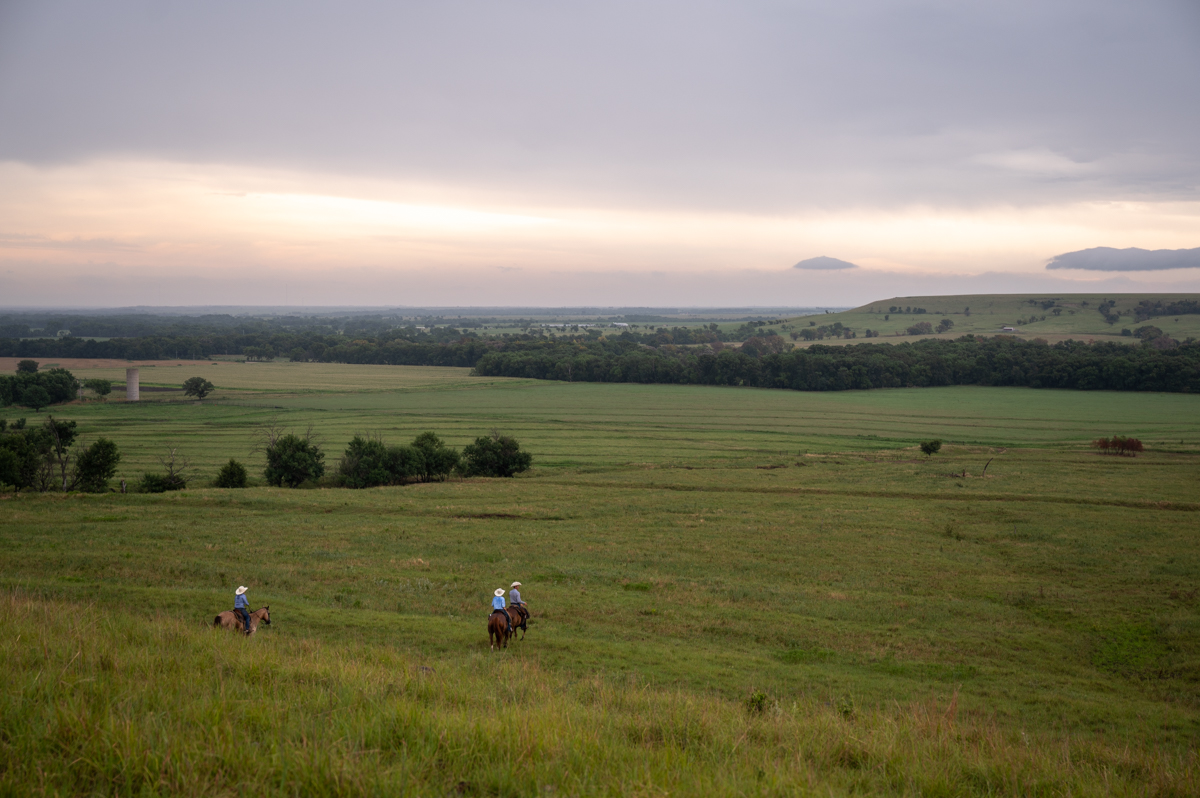
“There’s always moments of, ‘I wish we could have done this or that,’” Amy says. They gave up career opportunities and conveniences with the move, “but they’re always nullified by the fact that we have such a wonderful opportunity here with our children and Matt’s parents.”
Perhaps Perrier would get to spend more time at ballgames, but knowing their dad as the most devoted fan would be to miss out on having him as the most patient everyday teacher.
“Everybody pitches in and gets it done,” Perrier says, with quite a bit of fulfilment in knowing early investments are paying off now. Today, when they vaccinate calves or move pairs, almost everyone contributes. That’s because all along the way he’s showing them how and why, and doing a fair bit of observing, too.
“We try to be constant learners and get better every day in whatever we’re doing. With our faith, with our sports and activities, with our school and learning and with our work around here. We try to make ourselves and those around us better every day.”
Roots are a strong foundation, a place to grow from, and their Flint Hills ranch is indeed the perfect place for that.
You May Also Like…
You, Your Cows and Their Feed
Expert guidance from Dusty Abney at Cargill Animal Nutrition shares essential strategies for optimizing cattle nutrition during droughts, leading to healthier herds and increased profitability in challenging conditions.
Marketing Feeder Cattle: Begin with the End in Mind
Understanding what constitutes value takes an understanding of beef quality and yield thresholds that result in premiums and/or discounts. Generally, packers look for cattle that will garner a high quality grade and have excellent red meat yield, but realistically very few do both exceptionally well.
North Dakota Partnership Earns CAB Progressive Partner Award
The Bruner and Wendel families earned the 2023 CAB Progressive Partner award by selling high-quality beef through Dakota Angus, LLC, as part of the CAB Ranch To Table program. They focus on their commitment to quality, data-driven decisions, achieve impressive CAB and Prime percentages and offer high-quality beef directly to consumers in their communities.



